Civil War Recipe: Dandelion Coffee
The end result is surprisingly nutty and sweet in flavor!
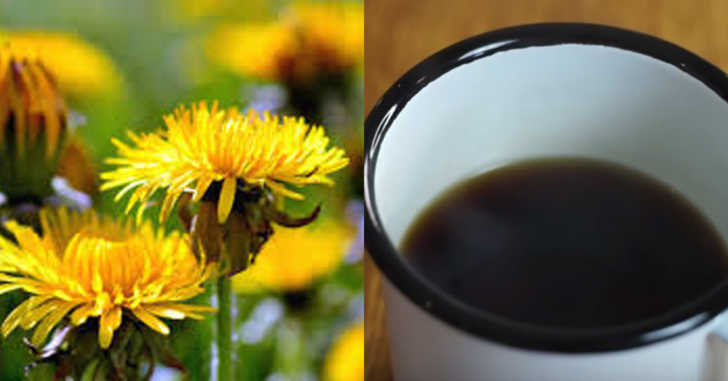
During the civil war, supply chains for the Union soldiers were strong and the soldiers had plenty of food, water, and other basic necessities to keep them going. The Confederate soldiers, on the other hand, often had to go without because their supply chains were broken and unreliable. Thus, they had to come up with creative ways to get some of the comforts of home.
Coffee, for example, was not a high priority to get to the soldiers, but they wanted the comfort of a warm beverage, so they came up with quite a few ways to try and recreate the drink. These alternatives didn’t have the caffeine like coffee does, but it provided some level of familiarity and comfort. Some things the soldiers used include acorns, okra seeds, dried persimmon, dried sweet potato, and dandelions.
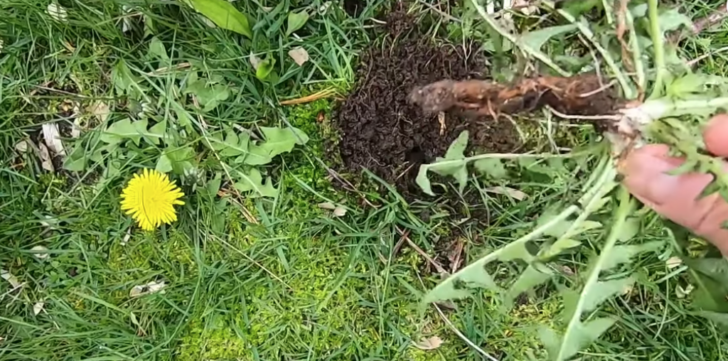

The first step is to dig up some dandelion roots. The best way to do this is to find a young dandelion and use a hand shovel or some other similar object to puncture the soil around the flower and leverage it up. Then you can pull the dandelion out of the ground, roots and all. By going for the younger dandelions, you’ll get longer, stronger roots, since the energy has been on growing the tap root and not the flower itself.
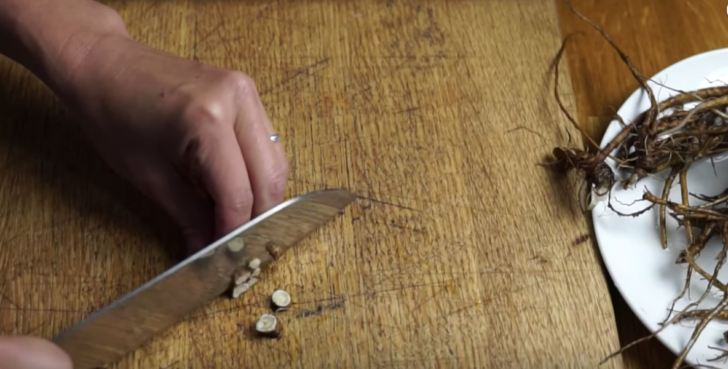

Next, clean the roots off and chop them up into small pieces. Place them on a cookie sheet and bake the pieces at 200 degrees for 1-2 hours, depending on how big the pieces are that you chopped. Check on the roots every 15 minutes or so and mix them around until they are sufficiently dried out. Then, set your oven for 350 degrees and roast the dried out root bits. You might be surprised to find that this gives off a sweet, almost nutty aroma!
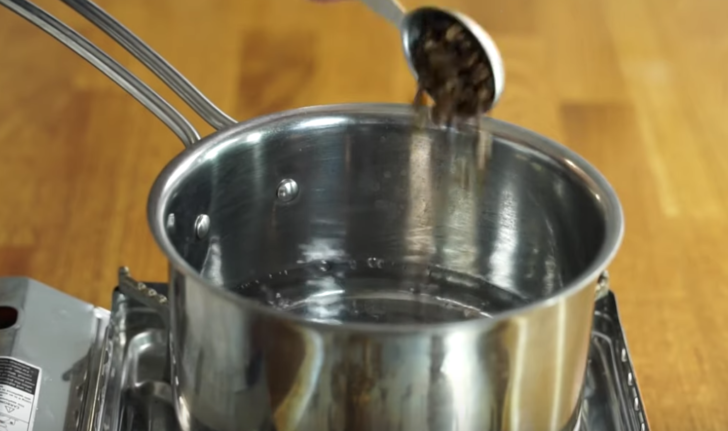
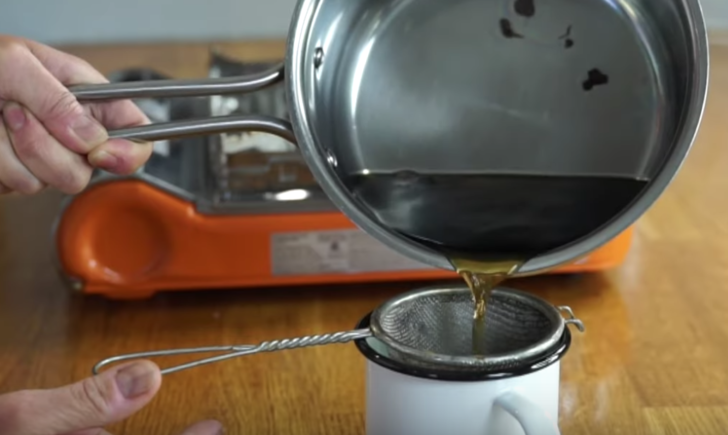
Finally, bring a cup of water to boil and add in 2 tablespoons of the roasted dandelion root. Let boild for 10 minutes, and then strain into your coffee cup! The end result is surprisingly coffee like. It’s bitter but without any of the acidity that a lot of coffee has. There are nutty notes, and hints of sweet potato.
Interested to see the whole process and a taste testing? Watch the video below for more details!
SKM: below-content placeholderWhizzco for DOT

